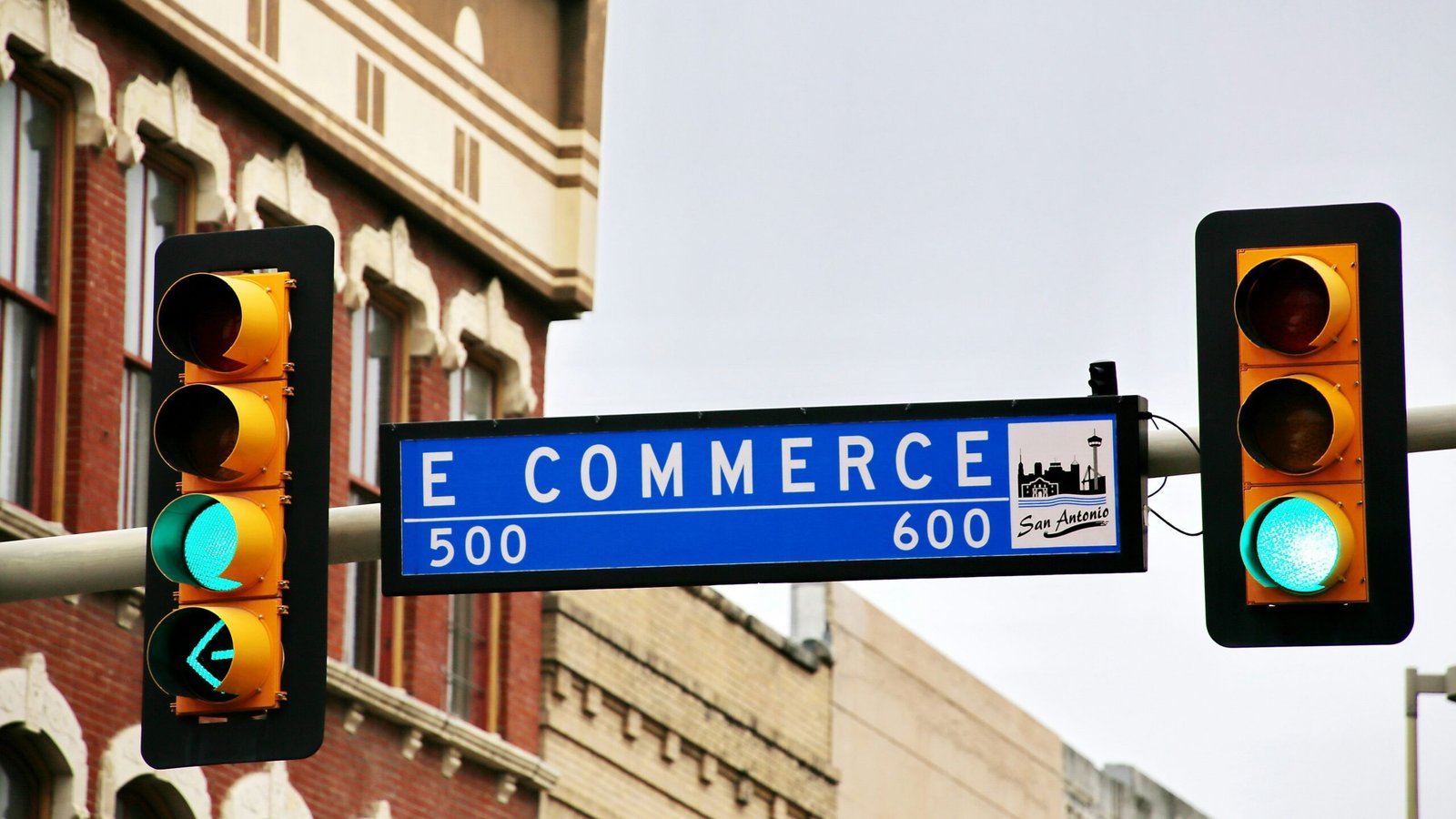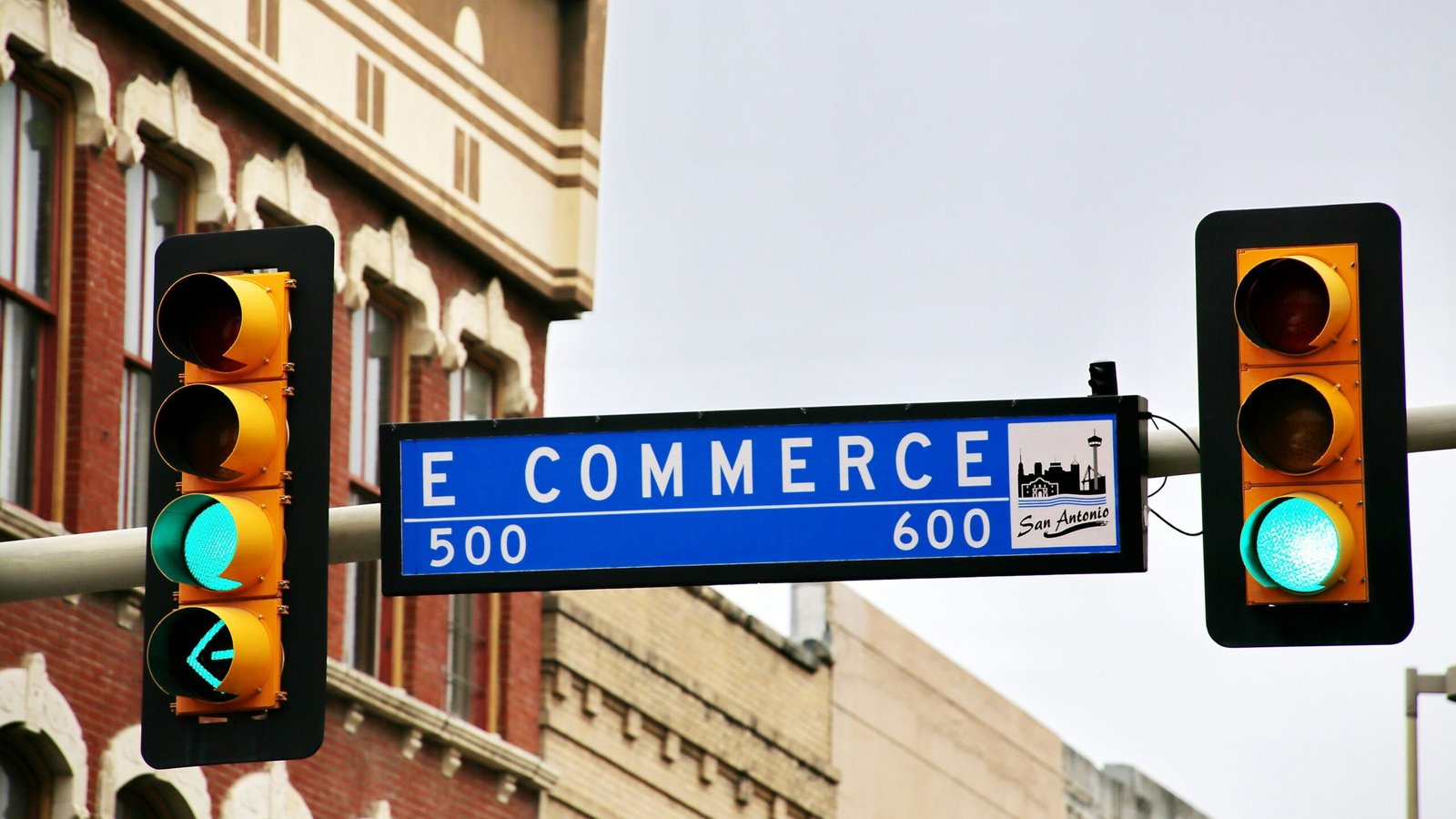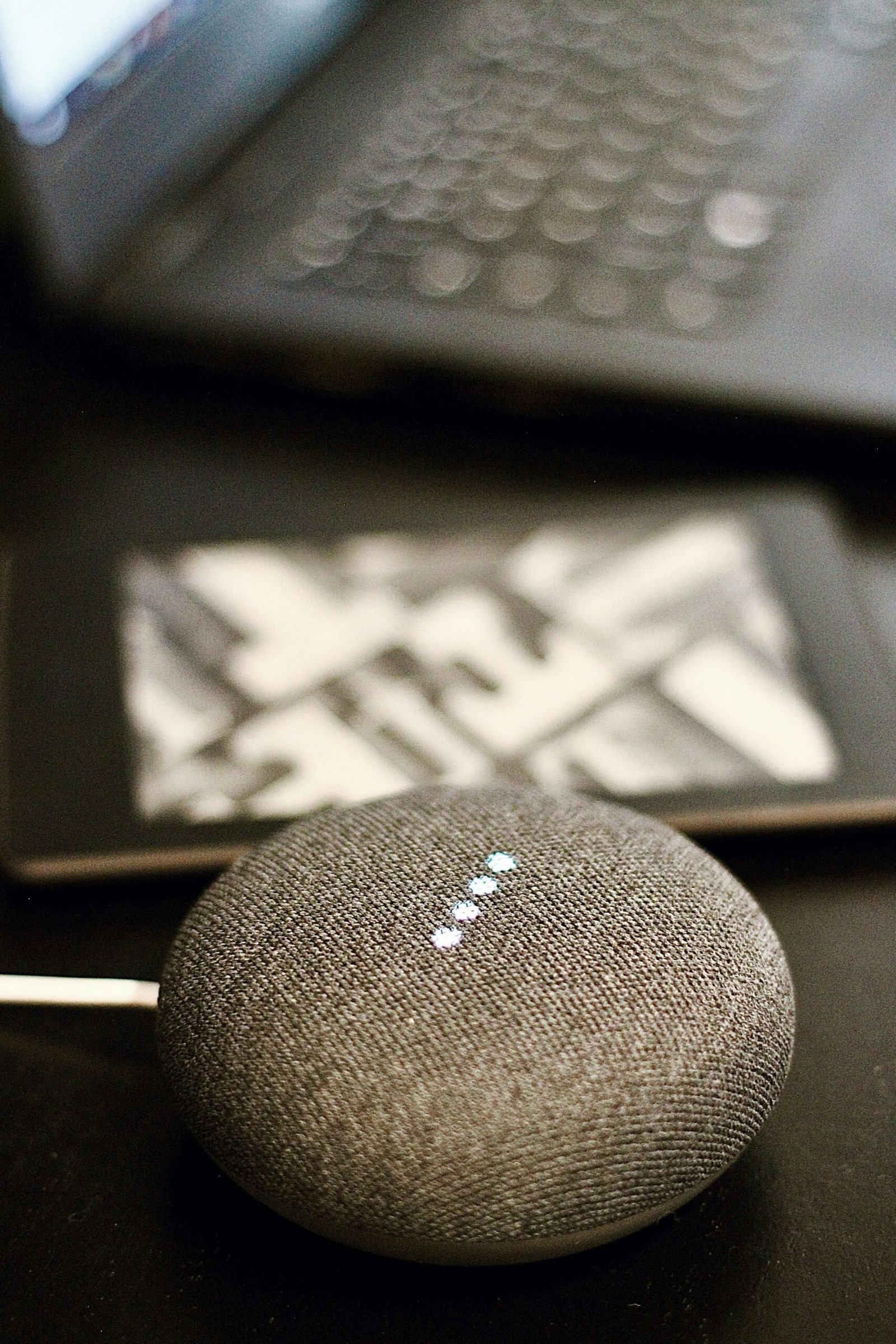Facebook Ads for Niche E-Commerce Stores: How to Drive Sales with Targeted Campaigns
Introduction to Facebook Ads
In today’s digital landscape, Facebook Ads have emerged as a pivotal marketing tool for e-commerce businesses, particularly those operating in niche markets. With over 2.8 billion monthly active users, Facebook provides an unparalleled platform for targeted advertising, enabling businesses to effectively reach specific demographic segments. For niche e-commerce stores, which often serve specialized customer bases, the ability to tailor advertisements to particular interests and behaviors is especially advantageous.
Facebook Ads operate on a pay-per-click model, allowing businesses to create customized campaigns that can be precisely targeted based on user data. Advertisers can select their audience based on various criteria such as age, location, interests, and online behaviors. This level of targeting ensures that marketing efforts are directed toward individuals who are more likely to convert into customers, thereby optimizing advertising spending.
There are several ad formats available on Facebook. These include carousel ads, which allow businesses to showcase multiple products in a single advertisement, and video ads, which can capture attention and engage viewers more effectively than static images. Additionally, there are collection ads that provide an immersive shopping experience directly within the platform. This variety gives niche e-commerce stores the flexibility to choose the format that best aligns with their marketing goals and audience preferences.
The growing significance of social media advertising in the e-commerce sector cannot be overstated. As more consumers turn to social platforms for shopping inspiration and product discovery, businesses must adapt their marketing strategies to seize these opportunities. This shift underscores the importance of utilizing Facebook Ads to enhance visibility, drive traffic to online stores, and ultimately increase sales among niche audiences. By leveraging the powerful targeting capabilities of Facebook, niche e-commerce stores can establish a stronger online presence and foster customer loyalty.
Understanding Your Target Audience
Identifying and understanding your target audience is a crucial component of any successful Facebook advertising campaign, especially for niche e-commerce stores. Before you begin creating your ads, it is essential to ascertain who your potential customers are. This process starts with developing customer personas, which are detailed profiles representing segments of your audience. These personas should encompass various factors, including demographics, interests, and purchasing behaviors.
Demographic information such as age, gender, location, and income can significantly influence consumer behavior. Understanding these elements will help you tailor your advertisements to resonate with specific groups. Additionally, consider the interests of your audience; what hobbies or activities do they engage in? Such insights can enable you to create more targeted advertising content that appeals directly to their preferences.
Purchasing behavior also plays a pivotal role in understanding your target audience. Look into patterns such as when they are most likely to shop and what types of products might attract their attention. Are they impulse buyers, or do they conduct thorough research before making a purchase? By recognizing these attributes, you can optimize your ad campaigns to meet their needs and expectations effectively.
Utilizing Facebook’s audience insights tool can greatly enhance your understanding of potential customers. This tool provides valuable data, such as user behaviors, lifestyle indicators, and even page likes of your audience. By analyzing this data, you can refine your customer personas and gain a more comprehensive view of your target market. This information positions you to design ad campaigns that are not only appealing but also likely to result in higher conversion rates. Ultimately, understanding your audience is an ongoing process that will evolve as consumer trends change.
Setting Clear Campaign Objectives
Establishing transparent objectives is a fundamental step in the execution of effective Facebook advertising campaigns, particularly for niche e-commerce stores. When embarking on a campaign, it is crucial to clearly define what you aim to achieve. By doing so, you can direct your efforts and allocate resources more efficiently, enhancing overall campaign performance.
One common objective is brand awareness. Increasing visibility in crowded markets can help your e-commerce store stand out, especially if your niche is specific and less saturated. With brand awareness as a goal, your advertisements should focus on reaching as many relevant users as possible, utilizing visually appealing graphics and compelling value propositions that resonate with your target audience.
Another significant objective is traffic generation. For e-commerce platforms, driving potential customers to your website is essential, as it increases the likelihood of sales. Facebook ads targeting traffic should include calls-to-action that encourage clicks, such as limited-time offers or engaging content that piques interest.
Engagement serves as another vital objective, particularly for businesses looking to establish connection and rapport with their audience. This involves getting users to interact with your content through likes, comments, shares, or clicks. Ads aimed at fostering engagement can create community around your niche, which can subsequently result in increased loyalty and sales.
Ultimately, conversions, or turning potential customers into actual buyers, return the highest value in terms of revenue. Campaigns geared toward conversions should be tailored to encourage specific actions, such as completing a purchase or signing up for a newsletter. By strategically aligning these individual campaign objectives with your overarching business strategy, you will cultivate a targeted approach that increases the likelihood of success in your Facebook advertising endeavors.
Crafting Compelling Ad Content
Creating effective ad content is paramount for niche e-commerce stores looking to drive sales through Facebook Ads. The process begins with writing persuasive ad copy that resonates with the target audience. Emphasizing the unique selling propositions (USPs) of the products can create a compelling narrative. It’s essential to address the specific needs, desires, and pain points of the audience, which provides a relatable context for the product being advertised. Tailoring messaging to reflect the language and values of the niche can significantly enhance engagement.
In addition to strong copy, the selection of eye-catching visuals is critical in capturing interest. High-quality images that showcase the product effectively can significantly influence potential buyers. It’s important to select visuals that not only display the product but also evoke emotions or depict scenarios that potential customers may find appealing. Integrating branding elements into these visuals can further enhance brand recognition and recall among consumers.
Moreover, video ads represent a powerful tool in the arsenal of any niche e-commerce marketing strategy. They offer dynamic engagement opportunities and can convey messages in a concise, entertaining manner. Educational or demonstrative video content that highlights the product’s features and benefits can be particularly effective at fostering interest and driving conversions. The key to successful video ads is to maintain clarity while delivering succinct content that reinforces the brand message.
Lastly, a clear call-to-action (CTA) is indispensable for guiding the audience towards taking the desired action, whether that be visiting the website, signing up for a newsletter, or making a purchase. The CTA must be prominently displayed and closely aligned with the ad’s message. By thoughtfully integrating these elements—persuasive writing, striking visuals, and compelling CTAs—niche e-commerce stores can create impactful Facebook Ads that resonate deeply with their target audience.
Budgeting and Bidding Strategies
Establishing a budget for your Facebook ad campaigns is a crucial step in effectively driving sales for niche e-commerce stores. When allocating funds, several factors must be considered, including the overall marketing budget, the cost per acquisition (CPA) for your products, and the desired return on investment (ROI). It is essential to align your budget with your campaign objectives, whether they range from brand awareness to direct conversions. A well-structured budget serves as the foundation for successful advertising, allowing more flexibility to adapt as needed.
In terms of bidding strategies, e-commerce advertisers generally have two primary options: manual bidding and automatic bidding. Manual bidding allows you to set specific bid amounts for your ads, providing greater control over costs but necessitating a deeper understanding of your target audience and market dynamics. On the other hand, automatic bidding automates the bidding process, letting Facebook determine the optimal bid based on your goals. This strategy often works well for those unfamiliar with ad bidding intricacies but can lead to variable outcomes if not monitored closely.
It is crucial to employ a strategy of testing different budgets and bidding methods to identify what works best for your campaigns. Begin with a moderate spend, and gradually increase it based on performance metrics such as click-through rates (CTR) and conversion rates. Regularly monitoring these key performance indicators allows you to adjust budgets accordingly, reallocating funds from underperforming ads to those yielding better results. This agile approach ensures that your advertising is both effective and efficient, optimizing the overall performance of your Facebook ad campaigns in the competitive landscape of niche e-commerce.
Leveraging Facebook Pixel for Tracking and Optimization
The Facebook Pixel is a powerful analytics tool that enables e-commerce store owners to track customer interactions and optimize their advertising campaigns effectively. It is a piece of code that you place on your e-commerce website to track various actions, such as page views, purchases, and sign-ups. This data is invaluable as it allows for precise targeting and enhanced ad performance.
To set up the Facebook Pixel, you first need to create a Pixel in your Facebook Ads Manager. Once created, you will be provided with a unique Pixel ID. Next, you must implement this code into the header section of your website. For platforms like Shopify, there are built-in settings that streamline this integration. Simply navigate to the online store preferences, paste your Pixel ID, and save the changes. For custom-built websites, a developer may need to add the code manually, ensuring it is present on every page you wish to track.
Once your Facebook Pixel is up and running, it begins collecting data that can optimize your targeted campaigns. As users interact with your site, the Pixel tracks engagement metrics such as add-to-cart actions, product views, and completed purchases. This information not only enables you to retarget visitors who did not convert but also assists in identifying the best-performing ads and audience segments.
Leveraging the data collected by Facebook Pixel leads to improved campaign efficiency. By analyzing user behavior, you can tailor your advertisements to better suit your target audience, ultimately driving higher conversion rates. The Pixel’s capabilities extend beyond mere tracking; using this tool effectively can result in enhanced return on ad spend and more significant overall sales for your niche e-commerce store.
Analyzing Ad Performance Metrics
Understanding the performance metrics of Facebook ads is crucial for the success of any niche e-commerce store. Several key metrics can provide valuable insights into how advertising campaigns are performing and whether they are achieving the desired goals.
One of the primary metrics to monitor is the click-through rate (CTR). The CTR indicates the percentage of users who clicked on the ad after viewing it. A high CTR typically signifies that the ad is appealing and relevant to the target audience, while a low CTR may suggest that the ad’s content, visuals, or targeting needs to be adjusted. Analyzing CTR helps in optimizing ads for enhanced visibility and engagement.
Another critical metric is the conversion rate, which measures the percentage of users who completed the desired action after clicking the ad, such as making a purchase. A strong conversion rate indicates that the ad not only attracted clicks but also effectively drove users to take action. If the conversion rate is low despite high CTR, it may point to issues such as website usability or misalignment of ad messaging with the landing page content. Persistent evaluation and adjustment of these factors are essential for improving overall campaign performance.
Return on ad spend (ROAS) is yet another vital metric that reflects the efficiency of advertising investments. It is calculated by dividing the revenue generated from the ad campaign by the total amount spent on the ads. A higher ROAS shows that the advertising strategy is yielding profits, while a lower ROAS may signal the need for reevaluation of targeting, content, or budgeting strategies.
Finally, engagement rates – which include metrics such as shares, comments, and likes – provide insight into how well the content resonates with the audience. High engagement indicates strong interest and can often lead to increased brand awareness and further interactions. Tracking engagement rates allows e-commerce stores to tweak their content and approach for better performance.
In conclusion, regularly monitoring these key performance metrics will enable niche e-commerce stores to assess the effectiveness of their Facebook ad campaigns effectively. This analysis will support data-driven decisions to optimize future advertising efforts.
Scaling Successful Campaigns
Scaling successful Facebook ad campaigns can significantly enhance the visibility and profitability of niche e-commerce stores. The first step in scaling is to analyze the performance metrics of your current campaigns. Evaluate key performance indicators (KPIs) such as click-through rates, conversion rates, and return on ad spend (ROAS) to identify which ads are driving sales effectively. Once you have identified these winning ads, consider increasing their budgets incrementally. Start by increasing the budget by no more than 20% to prevent system overload and potential loss in performance.
In addition to budget adjustments, expanding audience targeting is another essential strategy for scaling. Use Facebook’s robust targeting options to reach new segments that may be interested in your niche products. For example, creating lookalike audiences based on your existing customer data can yield high-quality leads. This method leverages Facebook’s algorithm to find users who resemble your best customers, broadening your potential reach without diluting the message of your campaign.
Testing new ad creatives is equally important to maintain engagement as you scale. While original ad content may perform well initially, audience fatigue can occur, leading to diminished returns. Regularly refreshing ad creatives—whether through new visuals, copy updates, or format changes—can keep your campaigns dynamic and engaging. Utilize A/B testing to compare the performance of different creatives, ensuring that every iteration is optimized for sales performance.
Maintaining quality while reaching a larger audience is critical. As campaigns scale, ensure that customer service, inventory levels, and fulfillment processes can handle increased sales volume. A well-planned scaling approach will not only drive more traffic to your e-commerce store but also enhance customer satisfaction, thereby fostering long-term loyalty and continued growth.
Common Pitfalls and How to Avoid Them
When running Facebook ads for niche e-commerce stores, avoiding common pitfalls is crucial for maximizing effectiveness and driving sales. One prevalent mistake is poor audience targeting. Many businesses fail to define their target audience clearly, resulting in ads reaching individuals who may not be interested in their products. To mitigate this risk, it is essential to utilize Facebook’s robust targeting options, including demographics, interests, and behaviors. Conducting thorough market research can assist in understanding the needs and preferences of the ideal customer, allowing for more tailored targeting.
Another significant error is the use of ineffective ad creative. A compelling ad is pivotal in capturing attention and encouraging clicks. Businesses often overlook the importance of high-quality images and well-crafted copy that resonates with the target audience. To enhance ad performance, focus on creating visuals that are not only eye-catching but also reflect the brand’s identity. Testing different ad formats, such as carousel ads or video ads, can also provide insights into what engages potential customers more effectively.
Additionally, neglecting to monitor performance can lead to wasted ad spend and missed opportunities. Many e-commerce stores fail to analyze the metrics and insights provided by Facebook Ads Manager, which are vital for optimizing campaigns. Regularly reviewing key performance indicators such as click-through rates, conversion rates, and return on ad spend will help to identify successful strategies and areas needing improvement. Setting up conversion tracking and A/B testing will further contribute to data-driven decisions, enhancing overall campaign effectiveness.
By being mindful of these common pitfalls—poor audience targeting, ineffective ad creative, and neglecting performance monitoring—e-commerce businesses can create more successful Facebook ad campaigns that drive significant sales and engagement.
Conclusion and Next Steps
In the realm of niche e-commerce, utilizing Facebook Ads effectively can significantly enhance your sales potential. This blog post outlined several key strategies that can assist in crafting targeted campaigns. First and foremost, understanding your audience is imperative. By leveraging Facebook’s robust targeting options, you can ensure that your ads reach individuals who are most likely to resonate with your unique offerings. This entails utilizing demographics, interests, and behaviors to finely tune your advertising approach.
Moreover, creative content plays a crucial role in capturing the attention of potential customers. Effective visuals and compelling copy can create an emotional connection with your audience, ultimately driving engagement and conversions. Additionally, testing different ad formats and messages is vital. A/B testing enables you to gather data on what resonates best, allowing for informed adjustments that can enhance campaign performance.
Another essential takeaway is the importance of monitoring and analyzing your ad performance. Utilizing Facebook’s analytics tools, you can assess key metrics such as click-through rates and return on ad spend. This analysis helps identify successful strategies while pinpointing areas for improvement. Furthermore, being adaptable and willing to pivot your strategy based on data insights is crucial for sustained success in the ever-evolving digital landscape.
As you reflect on these strategies, consider your next steps for further learning in the domain of Facebook advertising. Exploring advanced strategies, attending specialized workshops, and consulting with digital marketing professionals could provide valuable insights tailored to your specific business needs. By taking these steps, you can continue to refine your approach and drive impactful results for your niche e-commerce store.







